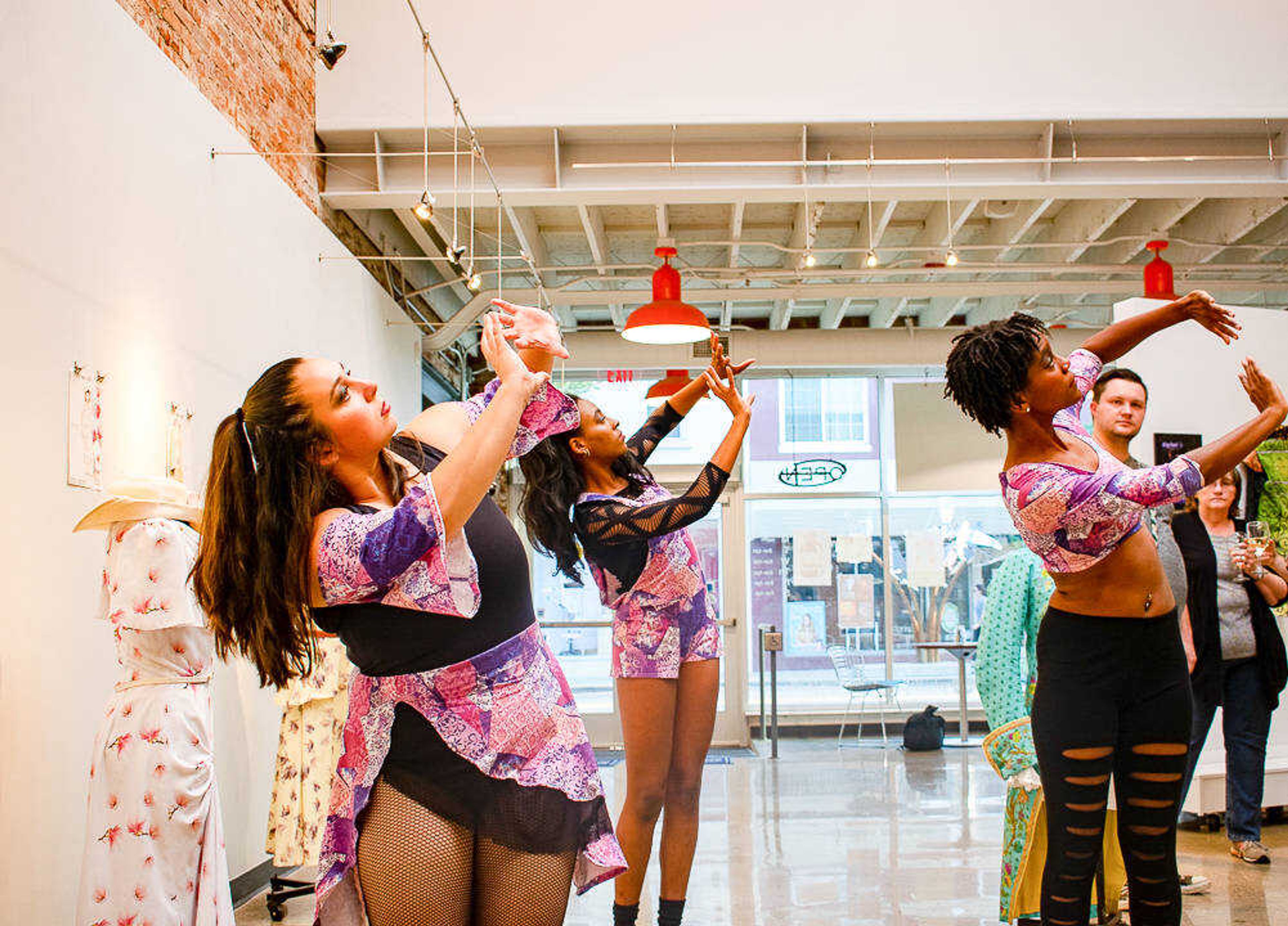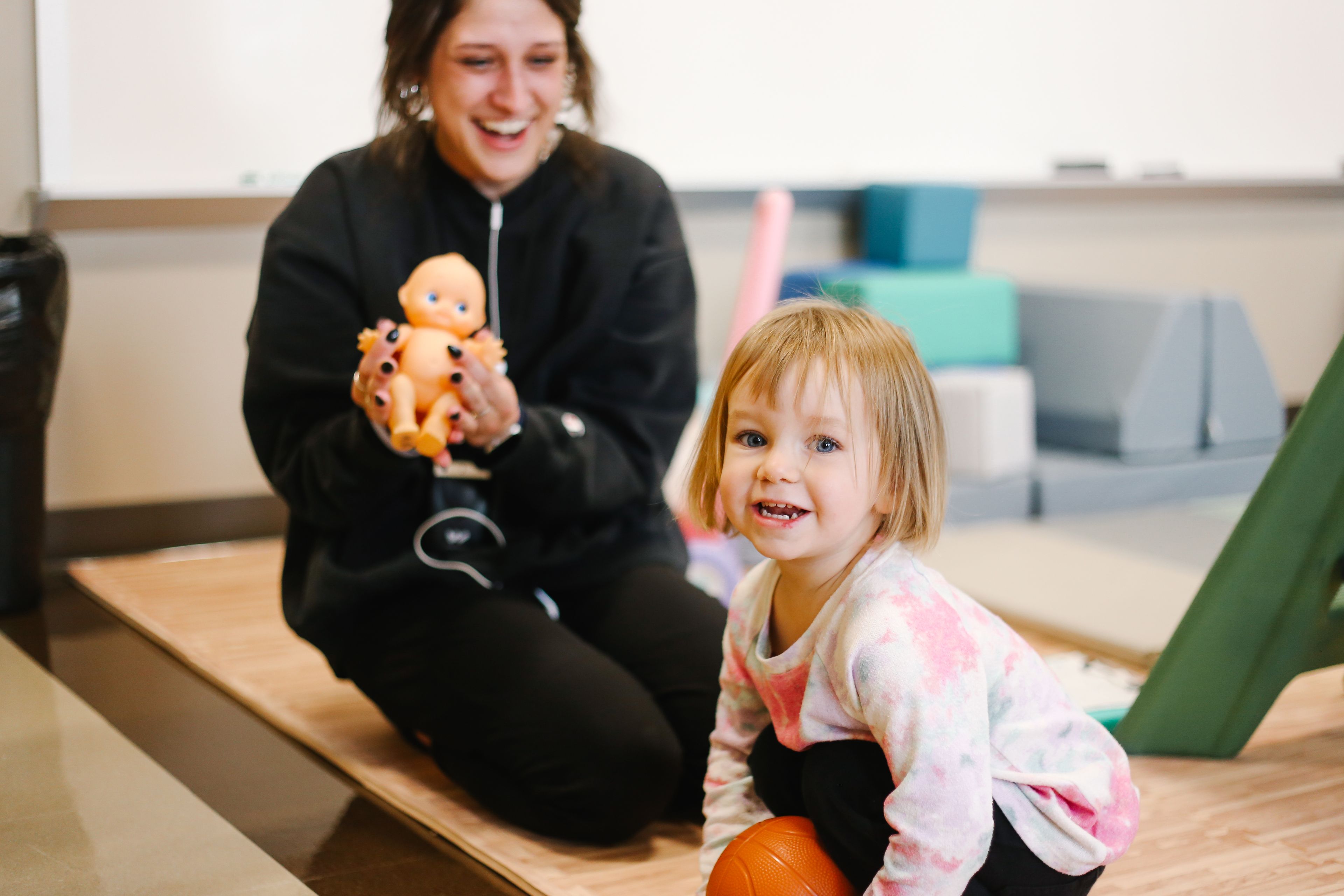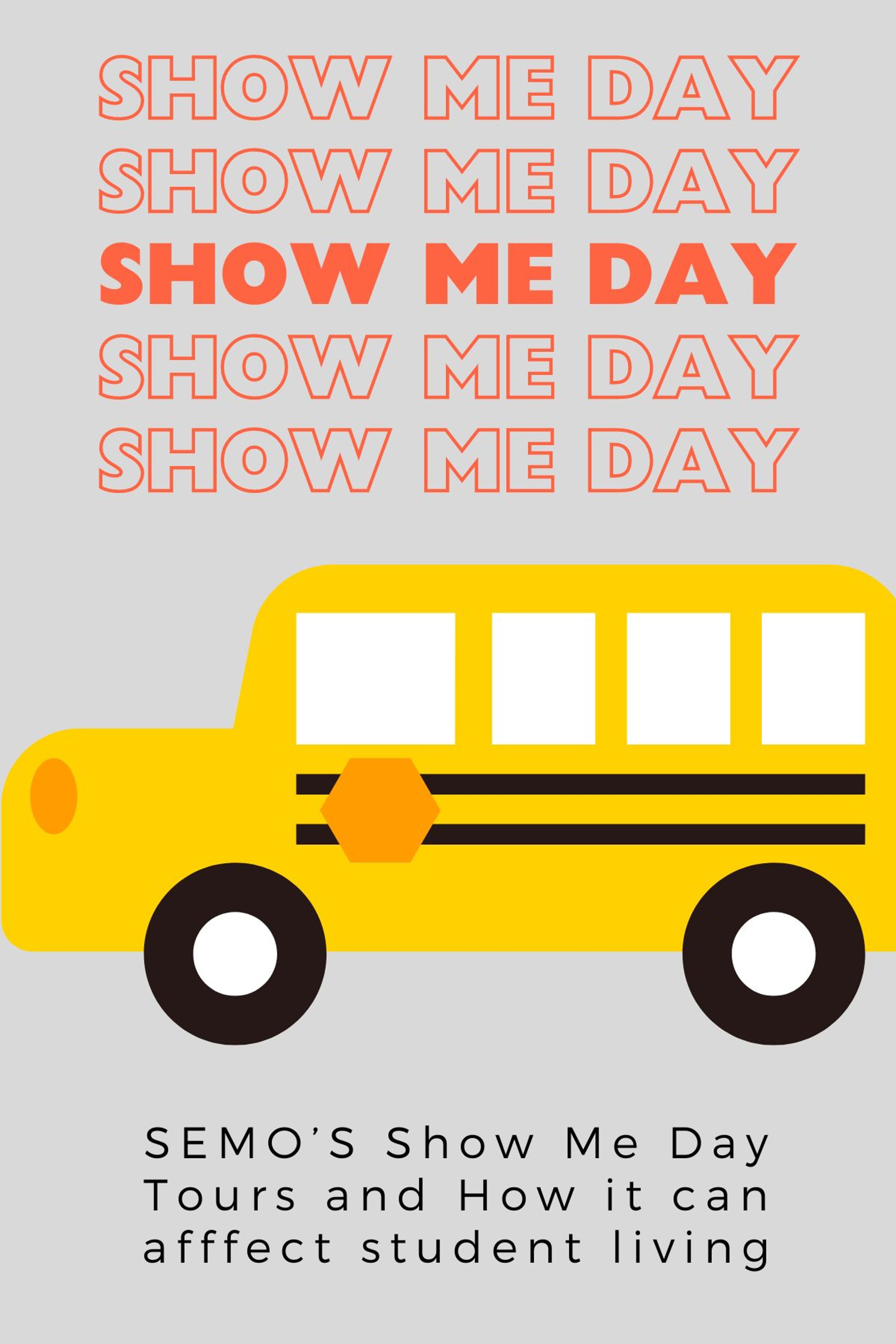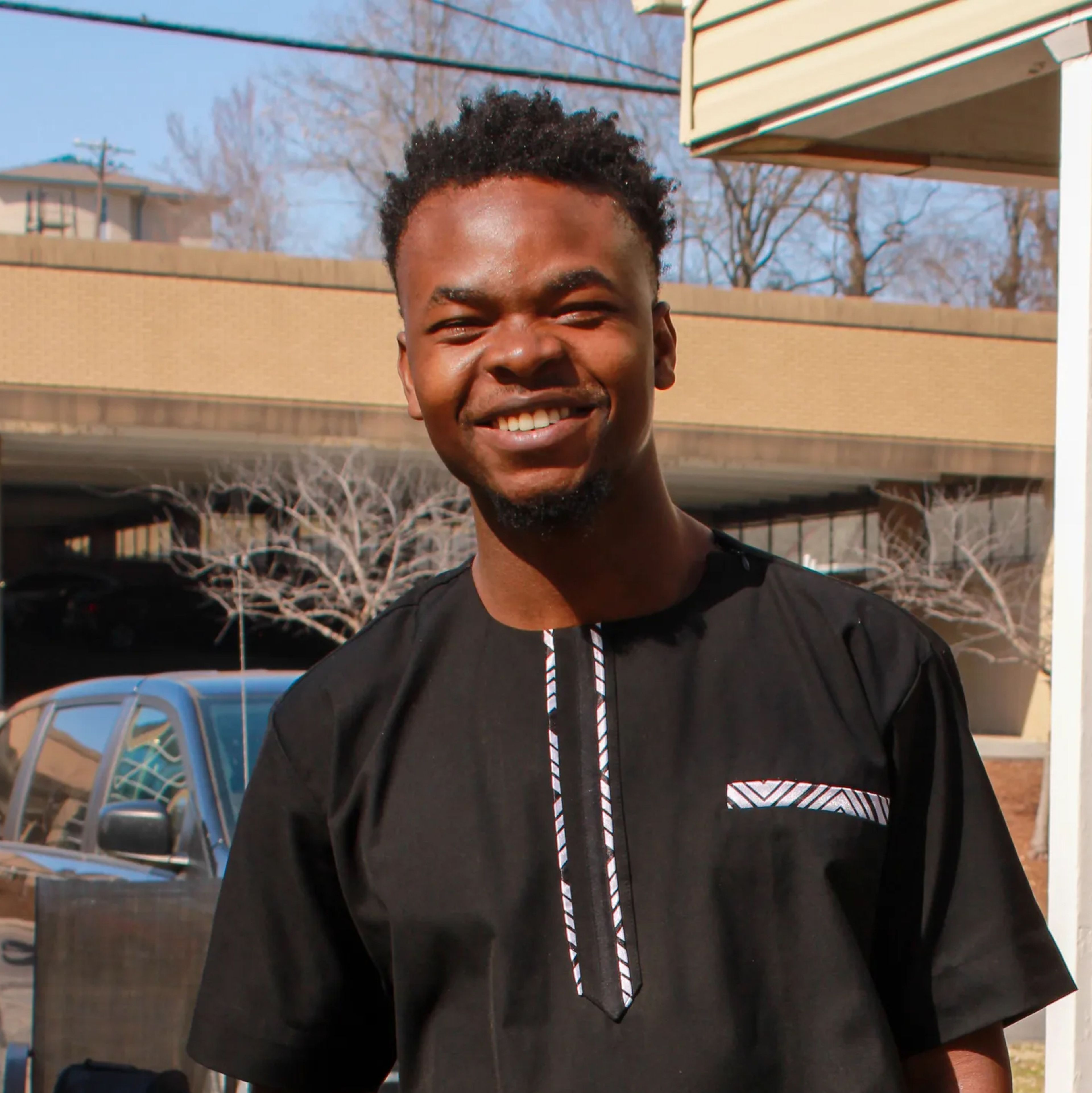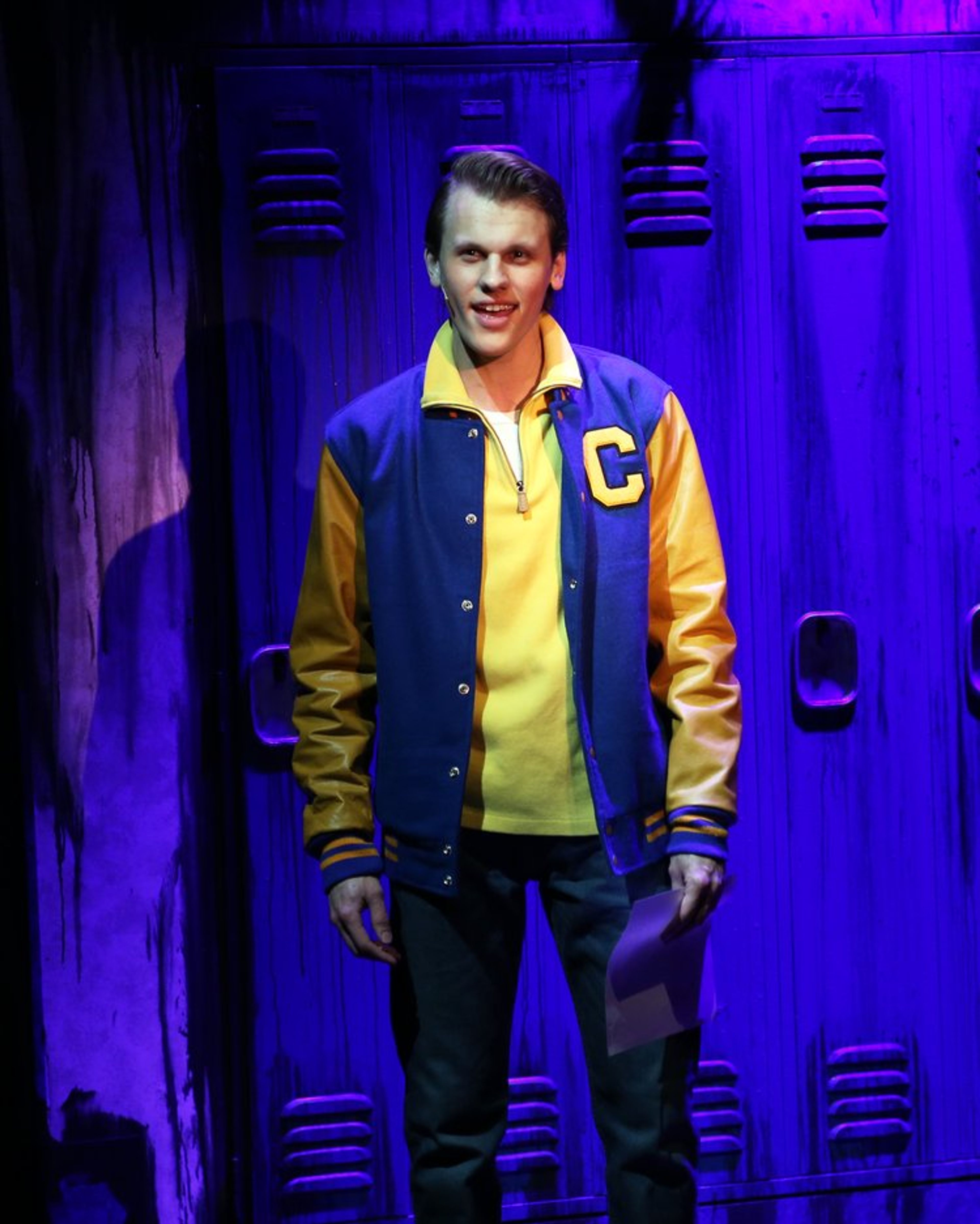Tech meets textiles at Catapult Creative's newest exhibit
First Friday at Catapult kicked off with a Sept. 6 opening reception for its newest exhibit “Digital Textiles: a Storytelling Medium.”
First Friday at Catapult kicked off with a Sept. 6 opening reception for its newest exhibit “Digital Textiles: a Storytelling Medium.”
Featuring work from Southeast faculty and students as well as designers across the country, the exhibit includes historical period pieces, abstract garments and theatrical costumes.
The designs vary in color, style, influence and purpose, but all share a similar element. Each garment was created with a digital step in the design process.
Assistant Professor of Costume Design Amber Marisa Cook, who curated the exhibit, said recent technology in the garment industry has allowed designers to digitally render and print custom fabric.
While specific fabric patterns — especially historical recreations — might be difficult to find in traditional fabric stores, Catapult operations manager Leah Powers said digital fabric printing allows for specific artistic visions to be achieved.
Powers, who teaches clothing construction at Southeast, said the digitally designed fabric can be purchased for roughly $20 per yard from print outsourcing websites like Spoonflower.
While the printing process can be costly, Powers said it allows for more creative expression.
“Sometimes you have a vision for what you’re trying to create, and it’s just not out there,” Powers said. “Allowing users to go in and create their own fabrics gives them a unique opportunity to design something specific for that project they’re working on.”
As the outsourced printing process takes about three weeks, Cook said she hopes to bring a digital textile printer to Southeast’s campus to expedite the process.
In addition to creative control, Cook said made-to-order digital textile printing can cut waste produced by stores overprinting unwanted fabrics.
Students Katryna Preston and Layne Griffin had textiles featured in the exhibit.
Preston, whose digitally printed patchwork vest was featured in the dance “Smile, Pretty” in Southeast’s 2018 “Fall for Dance,” said the garment carried a strong meaning in the dance.
In “Smile, Pretty,” Preston said dancers’ patchwork quilt clothing represented societal expectations of women. Each piece of patchwork represented an opinion, according to Preston. During the performance, dancers ripped off the patchwork to represent a liberation from others’ expectations.
“We, as women, don’t necessarily wear what’s comfortable. We have to wear what’s beautiful.” Preston said. “I think every woman comes into her own and realizes what makes them feel beautiful, both inside and out.”
At Friday’s opening reception, dance students Asia Glenn, Lizzie Madden and Kyndall Walton performed an excerpt from “Smile, Pretty” while wearing Preston’s design. As the clothing was created specifically for “Fall for Dance,” Preston said she worked closely with choreographer Philip Edgecombe to create pieces that would fit the plot of the dance.
Griffin’s mint green fabric pattern will also be featured in the upcoming Southeast performance of “The Three Musketeers.” She said her art is often inspired by animated movies, as she said the design process for creating a costume reminds her of the movement in animation.
Theater students Hollynn St. Clair and April Bassett said they recognized some of the garments at Friday night’s opening.
“I’ve been on stage with a handful of them, so it’s awesome to see them in action as well as presented here,” Bassett said.
The exhibit features some fifteen garments, including Cook’s own designs for Southeast theater productions “A Streetcar Named Desire” and “Jesus Christ Superstar.” Some of Cook’s digitally-printed items were also offered for sale following the Friday night reception.
The exhibition will be on display at Catapult until Sept. 26.
